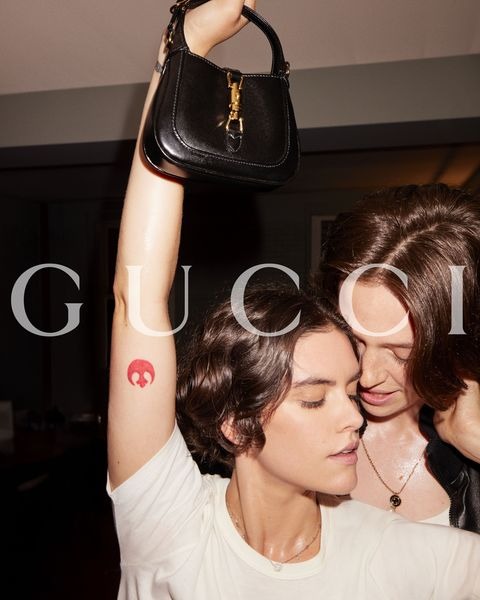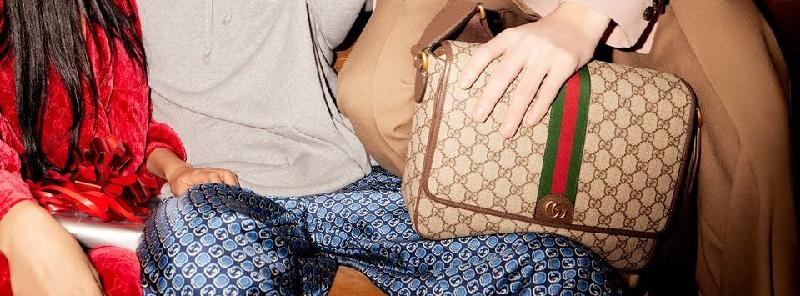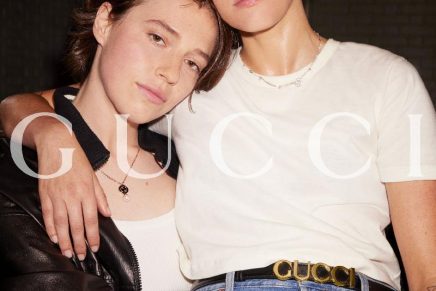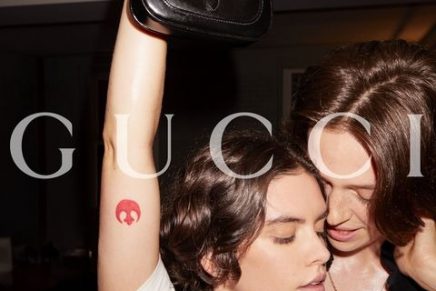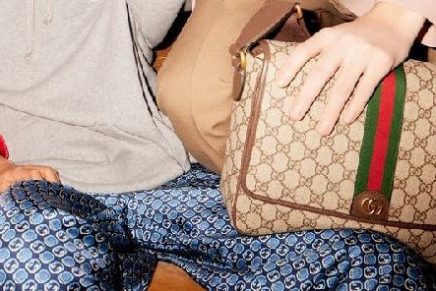Global luxury market projected to reach €1.5 trillion in 2023, a new record for the sector, as consumers seek luxury experiences.
The global luxury market is projected to reach €1.5 trillion in 2023, an 8-10% growth over 2022, setting a new record for the industry and proving its unparalleled resilience. These are among the findings of the latest Bain & Company report with Altagamma, the Italian luxury goods manufacturers’ industry association. Spending on experiences, particularly, recovered to historic highs, fueled by a resurgence in social interactions and travel.
In a world marked by economic uncertainties, geopolitical shifts, and a lingering pandemic, the global luxury market has not only weathered the storm but is poised to set a new record. The Bain & Company annual report, conducted in collaboration with Altagamma, the Italian luxury goods manufacturers’ industry association, unveils a compelling narrative of the resilience and dynamism of the luxury sector. This analysis delves into the key findings of the report, offering insights into the trends shaping the future of luxury.
Record-Breaking Projections:
The standout revelation from the report is the projection that the global luxury market will reach a staggering €1.5 trillion in 2023, showcasing an 8-10% growth over 2022. This achievement not only defies challenging macroeconomic conditions but also attests to the unparalleled resilience of the luxury sector. The report indicates that spending on experiences, in particular, has soared to historic highs, fueled by a resurgence in social interactions and travel.
Segmenting Growth:
Despite the headwinds of geopolitical shifts and macroeconomic uncertainties, the luxury market has experienced robust growth of 11-13% at constant exchange rates. The key player, personal luxury goods, is expected to reach €362 billion by the end of the year, a 4% increase from 2022 at current exchange rates. However, as the report forewarns, challenges loom in the fourth quarter, including fragile consumer confidence, tensions in China, and signs of a slow recovery in the U.S., leading to a potential softening of personal luxury goods performance in 2024.
Defining Moments for Brands:
Claudia D’Arpizio, a partner at Bain & Company and leader of the global Luxury Goods and Fashion practice, emphasizes that this is a defining moment for luxury brands. She stresses the importance of brands differentiating themselves through resilience, relevance, and renewal. The report notes a shift in the market, with 65-70% of brands experiencing positive growth in 2023, compared to a staggering 95% in the previous year. The need for bold decisions on behalf of customers is highlighted as crucial for brands aiming to remain competitive.
Regional Perspectives:
The report provides a comprehensive look at regional dynamics, revealing that European tourism has rebounded, driving growth across countries. In contrast, the Americas have experienced a deceleration, impacted by widespread uncertainty. China remains a key player, with a strong performance after its first-quarter reopening. The report also highlights emerging luxury hubs, such as Saudi Arabia and Australia, which are accelerating growth.
Category Perspectives:
Luxury categories are experiencing growth across the board, with jewelry, in particular, expected to reach €30 billion in market value in 2023. Ready-to-wear is showing positive growth, driven by top spenders seeking excellence and durability. Beauty, watches, and fine jewelry are also enjoying positive momentum, though growth in leather goods is slowing. The report underscores the significance of monobrand stores in the distribution ecosystem, as consumers increasingly seek physical experiences.
Multi-generational Complexity:
The report sheds light on the complexity of catering to a multi-generational consumer base. While Generation X and Y represent the bulk of luxury purchases, Generation Z is at the forefront of cultural change, inspiring value systems across generations. By 2030, Gen Z is expected to account for 25-30% of luxury market purchases, with millennials representing 50-55%.
Luxury Market in 2030: What’s Next?
Looking ahead to 2030, the report anticipates solid fundamentals continuing to drive market growth, with Chinese customers projected to account for 35-40% of the personal luxury goods market. It emphasizes the increasing importance of online and monobrand channels, expected to represent two-thirds of the entire market by 2030. The report calls for brands to focus on providing differentiation and meaningful experiences across the entire customer journey, necessitating innovation, sustainability, and strategic mergers and acquisitions.
In navigating the complex landscape of the global luxury market, the Bain & Company report paints a vivid picture of resilience, growth, and the evolving dynamics of consumer preferences. As luxury brands prepare for the challenges and opportunities that lie ahead, the key takeaway is clear: maintaining a purposeful approach, fostering creativity and innovation, and embracing adaptability will be paramount to long-term success. In an era of change and competition, the luxury market is not just about products; it’s about crafting meaningful experiences that resonate with a diverse and dynamic consumer base.

